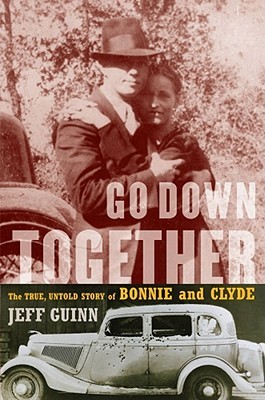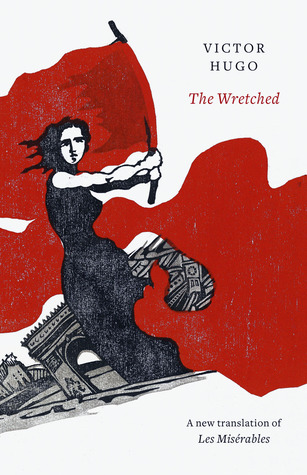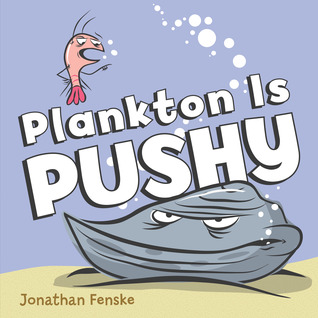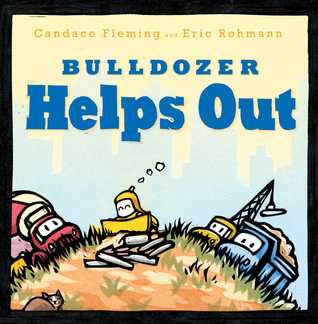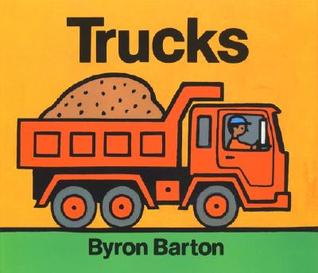Go Down Together. Jeff Guinn. 2008. 468 pages. [Source: Library]
First sentence: Clyde Barrow's father, Henry, never had much luck in life, and the hard times started for him right out of the womb.
Premise/plot: The subtitle of Jeff Guinn's Go Down Together sums the premise of the book up perfectly: the true, untold story of Bonnie and Clyde. It is a fascinating story of the Barrows, the Parkers, West Dallas, the Great Depression, the last days of Prohibition, the Dust Bowl, and the justice system of the 1920s and 1930s.
My thoughts: It was interesting to read Go Down Together at the same time I was reading Victor Hugo's Les Miserables. What both books have in common is an up-close-and-personal look at extreme poverty and some of the injustices of the prison system.
Destroy the mine of Ignorance, and you destroy the underminer, Crime. To put in a few words some of what we have been writing about: the only social peril is darkness. Humanity is of one kind. All men are of the same clay. With no difference, here below at least, in their predetermined fate. The same obscurity before, the same flesh during, the same dust afterwards. But ignorance mingled with the stuff of humankind blackens it. This incurable blackness spreads inside man and there becomes Evil. Victor Hugo
Go Down Together is by no means great literature, but, it does ask some thought-provoking questions; questions that perhaps Victor Hugo would have had a ready answer for.
It is a very HUMAN book. I get the idea that the author was not seeking to make great heroes or great villains out of Bonnie or Clyde. When they were alive, these two inspired outlandish stories. "True crime" stories were incredibly popular back in the day; criminals were the vampires and werewolves of the thirties perhaps! Newspapers depended on ENTERTAINING stories to sell copies; it was more important to sell copies than to tell the whole truth and nothing but the truth. After their deaths, the stories continued. Books and movies flourished. It didn't matter how much truth there was to be found--so long as the public bought it and kept coming back for more, more, more. What was selling was the idea of Bonnie and Clyde.
Who was Bonnie Parker? Who was Clyde Barrow? What was the Barrow family like? What was the Parker family like? What were their lives like? What was important to them? What did they want out of life? How did it all go so wrong? What were their options?
The author is CLEAR that while their stories are sad, and pitiful, crime was not the best option or the only option. Clyde was not the only young man who was living in extreme poverty, facing class discrimination, struggling to find a decent job, struggling to have a good life--a home, food to eat, clothes to wear. Bonnie was not the only young woman who felt TRAPPED by poverty. Both, I would imagine, felt trapped by a system they didn't like or trust, a system holding them down, holding them back. Poverty and class and injustice.

For example, as a young man long before his crime spree started, Clyde felt picked on by the police. Any time, or every time, a crime was committed he was hauled in for questioning. Most of the time there was no evidence linking him to the crime in question, he was just a "general suspect." The book mentions how Clyde would hold down a job for a couple days or a week or two, but, inevitably the police would come and get him while he was working, and he'd be fired. The few jobs he got, he lost--Clyde blamed the police, "the laws." Now, Clyde was not innocent. He did grow up stealing--along with at least one brother, maybe two--small things. The small things got bigger and bigger and bigger as he grew. And when he was convicted of theft, he was guilty. And he did get sent to prison. But prison made him a thousand times worse than he was before. And that might be an understatement. If the prison system--to be specific, the prison system in Texas in the late 1920s to early 1930s--had been better--more just, less corrupt would BONNIE AND CLYDE and their infamous Barrow Gang have come to be at all? The details of the prison system were difficult to read about.
The book was fascinating and packed with details. I loved the focus on family. I think it was fitting as well. One thing that might have led to their ultimate downfall was the fact that FAMILY CAME FIRST to both Bonnie and Clyde. No matter what these two always, always, always, always came back to visit their families. And the more stressed they were, the more hunted they were, the more important it was to them to see their family "one more time."
Bonnie enjoyed writing poetry. She gave her mother a poem a few weeks, I believe, before the two died. I'll quote the beginning and the end of "The End of the Line".
You've read the story of Jesse James--
Of how he lived and died;
If you're still in need
Of something to read
Here's the story of Bonnie and Clyde.
Now Bonnie and Clyde are the Barrow gang.
I'm sure you all have read
How they rob and steal
And those who squeal
Are usually found dying or dead.
There's lots of untruths to those write-ups;
They're not so ruthless as that;
Their nature is raw;
They hate the law--
The stool pigeons, spotters, and rats.
They don't think they're too smart or desperate,
They know the law always wins;
They've been shot at before,
But they do not ignore
That death is the wages of sin.
Some day they'll go down together;
And they'll bury them side by side,
To a few it'll be grief--
To the law a relief--
But it's death for Bonnie and Clyde.
It was also interesting to read Go Down Together right after seeing a WONDERFUL production of the musical. The musical doesn't do as great a job as Guinn's book at context. It does tend to keep things on the glamorous side, a bit. It also leaves out a LOT of information. For example, Bonnie's injury as a result of a car crash that left her crippled. Clyde had to carry her EVERYWHERE for the last year. But the music was WONDERFUL. And the humor in the dialogue was just about perfect. I had no idea the show would have me laughing.
© 2017 Becky Laney of
Becky's Book Reviews




